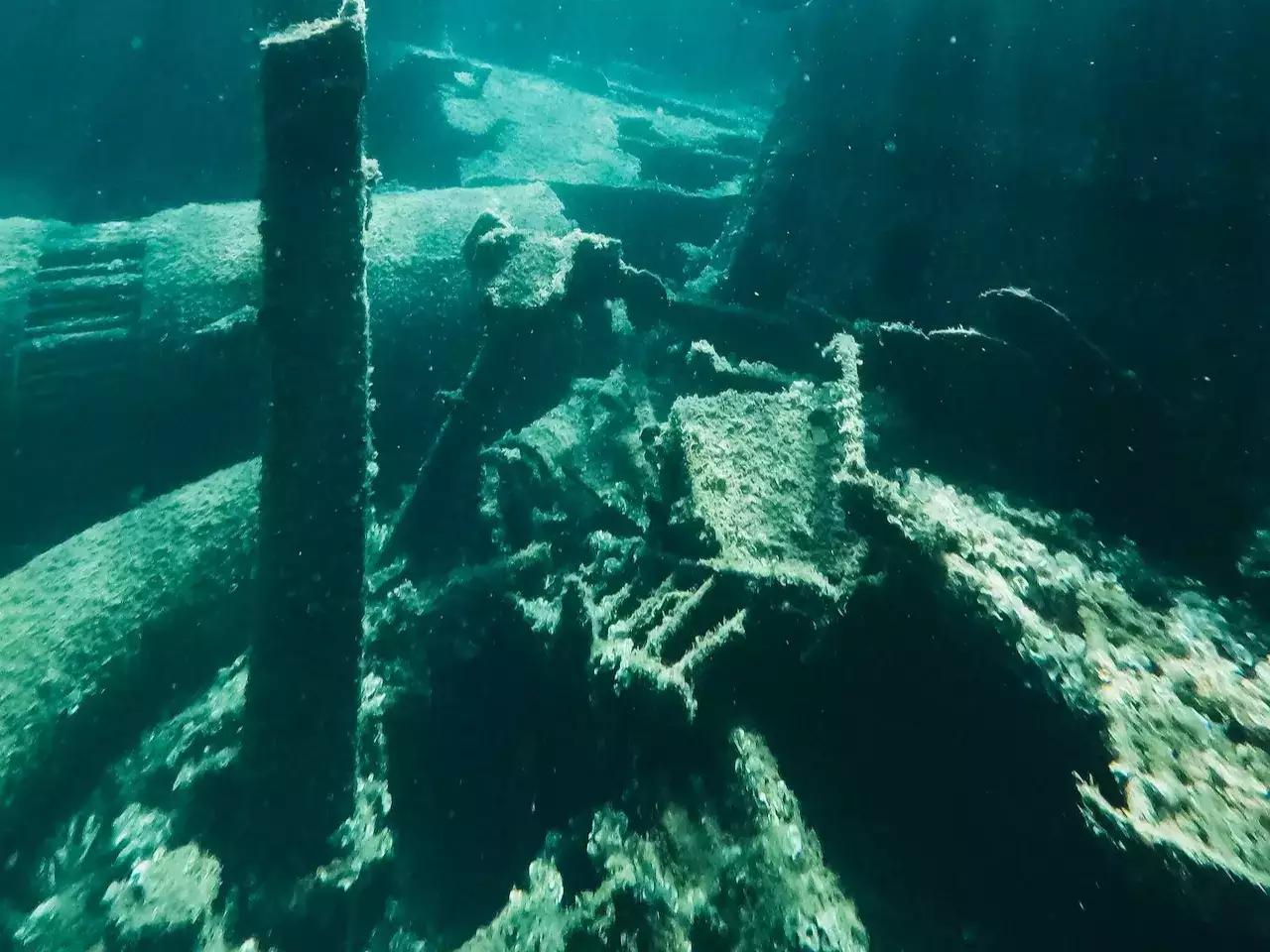Scientists have made an extraordinary discovery in the depths of the Mariana Trench, the deepest location on Earth. They have found a previously unknown virus that has adapted to this inhospitable environment. This bacteriophage, named vB_HmeY_H4907, is the deepest bacteriophage ever recorded, living at a depth of 8,900 meters. It specifically targets bacteria from the Halomonas family, which thrive near hydrothermal vents on the seafloor.
What makes this discovery even more remarkable is that bacteriophages are believed to be the most abundant life forms on Earth. However, finding one at such extreme depths is still a rare occurrence. Genomic analysis has also revealed that this virus is present in oceans around the world.
One interesting aspect of this virus is its ability to reproduce without killing the bacterial cell, a process known as lysogeny. This differs from viruses that follow the lytic cycle, where they use the bacterial host for replication and eventually burst out of the cell. The structural similarities between this virus and its host indicate a complex relationship between the two.
This discovery has provided valuable insights into the diversity, evolution, and genomic characteristics of deep-sea phages and their interactions with bacteria. It contributes to our understanding of the virosphere on Earth, especially in extreme environments. As scientists continue to explore the depths of the ocean, more viruses and their secrets are waiting to be uncovered.

I have over 10 years of experience in the cryptocurrency industry and I have been on the list of the top authors on LinkedIn for the past 5 years.

